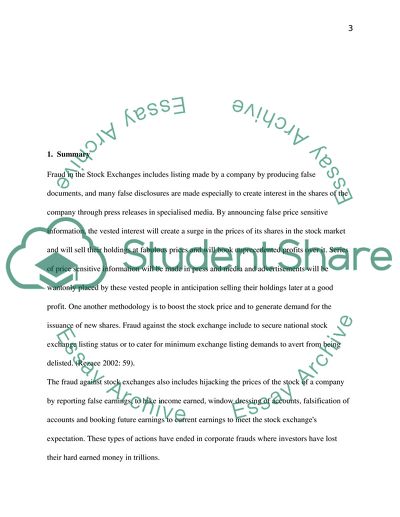Cite this document
(“Regulations against Fraud in Stock Exchanges: A Comparison of UK and Research Paper”, n.d.)
Regulations against Fraud in Stock Exchanges: A Comparison of UK and Research Paper. Retrieved from https://studentshare.org/macro-microeconomics/1734257-regulations-against-fraud-in-stock-exchanges-a-comparitive-study-between-uk-and-usa
Regulations against Fraud in Stock Exchanges: A Comparison of UK and Research Paper. Retrieved from https://studentshare.org/macro-microeconomics/1734257-regulations-against-fraud-in-stock-exchanges-a-comparitive-study-between-uk-and-usa
(Regulations Against Fraud in Stock Exchanges: A Comparison of UK and Research Paper)
Regulations Against Fraud in Stock Exchanges: A Comparison of UK and Research Paper. https://studentshare.org/macro-microeconomics/1734257-regulations-against-fraud-in-stock-exchanges-a-comparitive-study-between-uk-and-usa.
Regulations Against Fraud in Stock Exchanges: A Comparison of UK and Research Paper. https://studentshare.org/macro-microeconomics/1734257-regulations-against-fraud-in-stock-exchanges-a-comparitive-study-between-uk-and-usa.
“Regulations Against Fraud in Stock Exchanges: A Comparison of UK and Research Paper”, n.d. https://studentshare.org/macro-microeconomics/1734257-regulations-against-fraud-in-stock-exchanges-a-comparitive-study-between-uk-and-usa.


